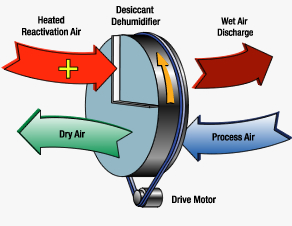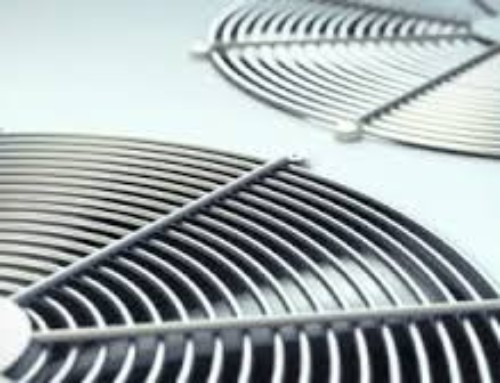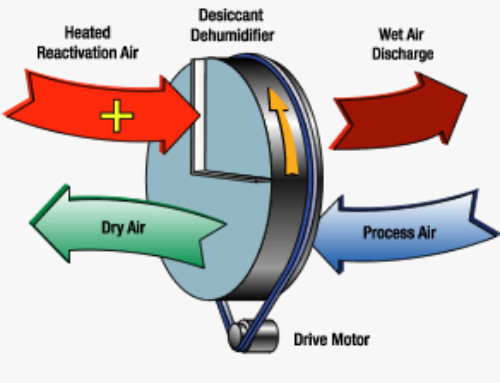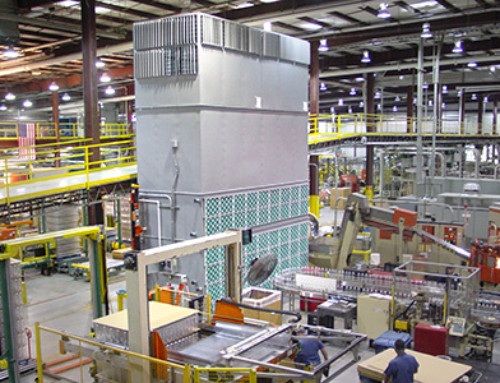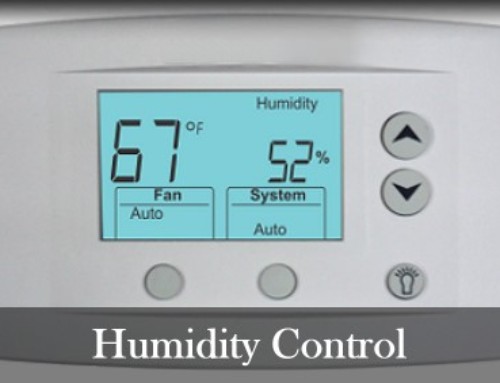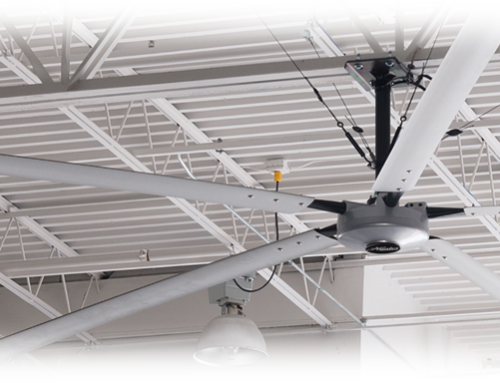VAV Boxes are an HVAC Item that is relatively simple and yet so many get intimidated by what they are all about. In very simple terms buildings can have individual HVAC units in every space or have a central unit and allow a (VAV) “box” in every zone to maximize comfort and efficiency.
The simplest VAV Box is a damper, actuator and room controller (“thermostat”). VAV boxes can have post heating (never cooling) as an option. The last item regarding a type of VAV box is fan
A VAV system typically will have a central unit deliver 55 F all year round. In the summer, most, if not all zones will call for cooling and the damper on each box will open, providing that 55 F air. If the zone is satisfied, it will close shut or go to a minimum position to allow a small amount of air to achieve the fresh air requirements being provided by the central HVAC unit. In the winter, for a simple box, the heat may be from within the space or provided by baseboard heat. In larger spaces a VAV box will have on board heat; this way zones calling for cooling get the 55 air and spaces requiring heat would heat the 55F to 95F (keep in mind that these situations are fall, spring and winter where the temperatures are below 60F so the compressor of the hvac units would be off). In spaces where there is an open return the ceiling plenum will collect all the internal heat of the building (people, lighting, office equipment, etc) and a fan powered VAV will mix this plenum air with HVAC air to provide heat. Fan powered VAV’s are seen on exterior zones where once the weather cools will require heat first despite interior zones still needing cooling. For another day, there are parallel fan powered boxes and series FPV. Similar in application, but operating differently, those fan powered units will have advantages and disadvantages.
Once the weather cools and the building has been unoccupied (overnight or the weekend), A VAV system will go into a morning warm up allowing a full blast of 95F air with all the VAV’s open to bring the building up to 70F. Once the morning warmup sequence is complete the VAV system returns to its normal sequence.
One other items worth mentioning- in the summer, the space air is about 75 with 55; 20 delta; Winter the space is about 75 but the supply is still 55, 40 delta. That being said, the heat cfm setting on a VAV box will typically be 50% of the cooling as a rule of thumb.
Another item worth mentioning- static pressure. Most boxes only require about .2 or less pressure across the inlet to measure the air flow (static independent). Howe
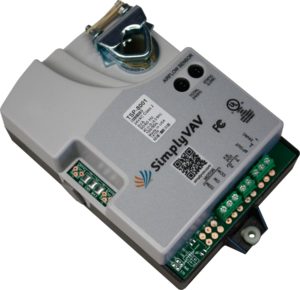
Device which will control each zone actuator with or without auxiliary heat
ver, there is duct and outlets downstream of box to consider. The higher the static going across the box, the more noise you will see. Boxes have noise data based on radiated and discharge. Radiated is what you hear from the actual box from the outside. Discharge is the noise inside the box which will ultimately be heard through the air outlet.
How about controls? VAV Boxes can be controlled by a DDC controller which ties all the components of the HVAC system (AHU, VAV, Chiller, etc) or it can be standalone. On a DDC system, the VAVs communicate to allow the central HVAC unit to deliver the proper cfm and if applicable, reset (the ability to adjust the discharge to achieve maximum comfort and efficiency). The DDC system will also communicate the conditions to the VAV box so it can anticipate and operate best. On a standalone system, the VAV box will have an inlet probe for temperature and proof of air flow and will open and close based on what the room sensor reads. The central HVAC unit will have a pressure transducer which upon boxes closing will reduce the cfm independently as needed. The central HVAC unit can reduce the cfm by a VFD or in some cases a bypass which will be a damper which will dump the supply air into the return or the plenum. The bypass will allow the compressors (or heater) to turn off or reduce, but the fan kw will remain the same.
Reading that last sentence there may be confusion with the bypass as there is another sequence that use VAV boxes known as VVT. VVT, or Variable Volume, Variable Temperature is a system where each VAV box will communicate to the central HVAC system if it needs heating or cooling and the HVAC unit will literally switch back and forth between heating and cooling, delivering 55F or 95F. VVT systems only use simple VAV boxes (or zone dampers which are similar) and do not have fan powered or post heating options.
Finally, finally, the last item worth mentioning is a thermal diffuser which is a combination of a VAV “box” and an air outlet. There is a passive type using a wax motor which will keep the air discharge constant based air in the duct and an active type which uses an actuator and a thermostat.


